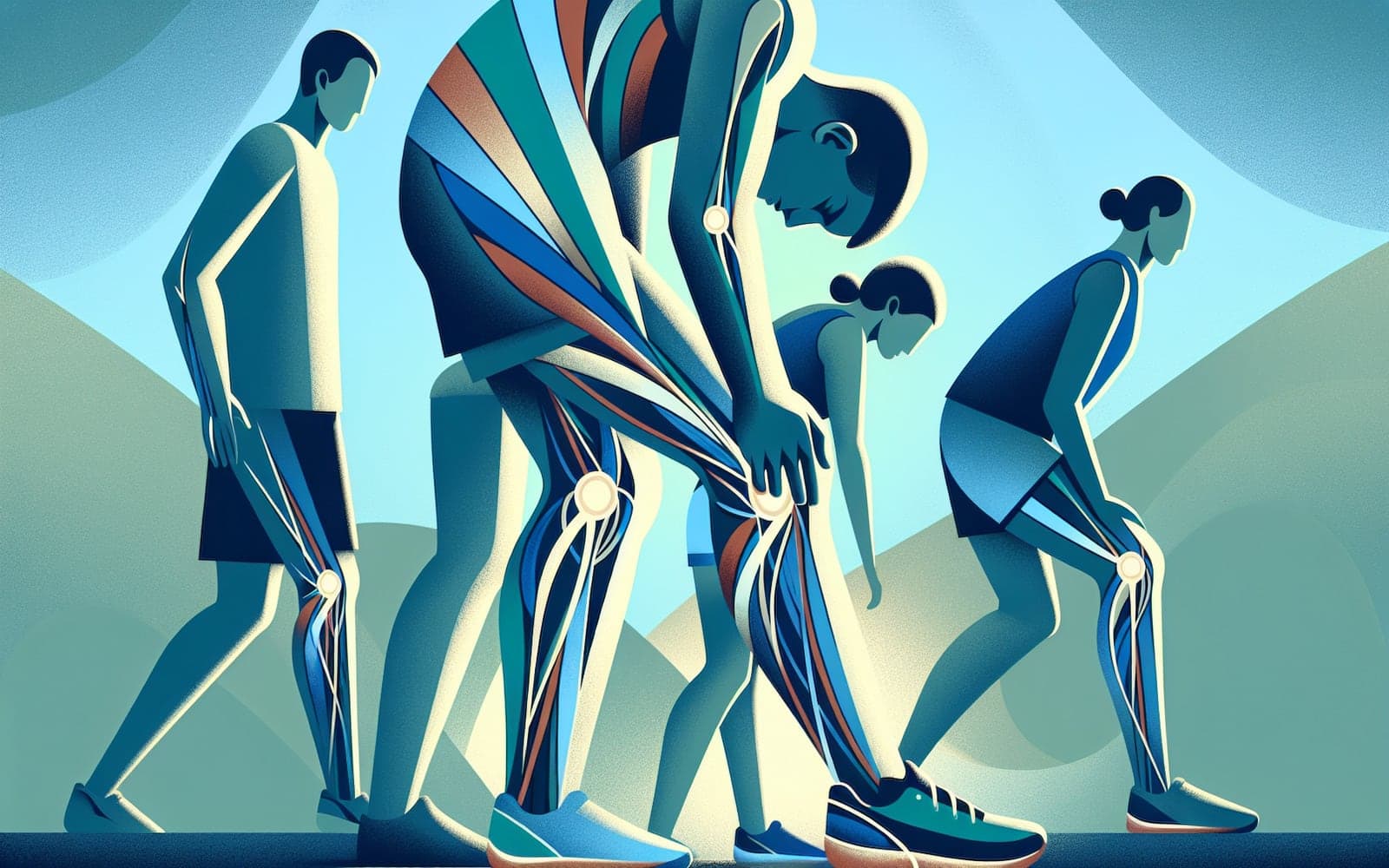Is Knee Pain Ruining Your Runs? Discover Iliotibial Band Syndrome!
Published: Aug 04, 2024

Medically reviewed by Alan Lucks | MD, Alan Lucks MDPC Private Practice - New York on August 4th, 2024.
Iliotibial Band Syndrome (ITBS) is a common cause of knee pain among runners and cyclists. Understanding its causes, symptoms, and treatments can help you stay on track.
Contents
Understanding ITBS
ITBS is an overuse injury affecting the side of the knee. It mainly hits runners and cyclists, causing pain where the iliotibial band rubs against the knee bone. It's the second most common cause of knee pain due to overuse, right after patellofemoral dysfunction.
Who's at Risk?
Anyone who exercises can develop ITBS, but it's most common in runners, cyclists, and military personnel. Tight iliotibial bands, hip weakness, and poor running form increase the risk. Running on uneven surfaces and improper cycling posture can also contribute.

Spotting the Symptoms
The pain usually starts during exercise and feels sharp or burning. It can progress to constant discomfort if untreated. Key signs include tenderness at the side of the knee and pain during specific movements like running or cycling.
Frequently Asked Questions
It's a common knee pain from overuse, mainly affecting runners and cyclists.
Runners, cyclists, and those with tight ITBs or weak hips are at higher risk.
Sharp, burning knee pain during or after exercise.
Yes, if untreated, the pain can become constant.
Key Takeaways
Understanding ITBS can help prevent and manage its painful symptoms effectively.
Get started on your path to recovery by discussing ITBS with Doctronic today!Related Articles
References
Staff PH, Nilsson S. Tendoperiostitis in the lateral femoral condyle in long-distance runners. Br J Sports Med 1980; 14:38.
Orava S. Iliotibial tract friction syndrome in athletes--an uncommon exertion syndrome on the lateral side of the knee. Br J Sports Med 1978; 12:69.
This article has been reviewed for accuracy by one of the licensed medical doctors working for Doctronic. Always discuss health information with your healthcare provider.

